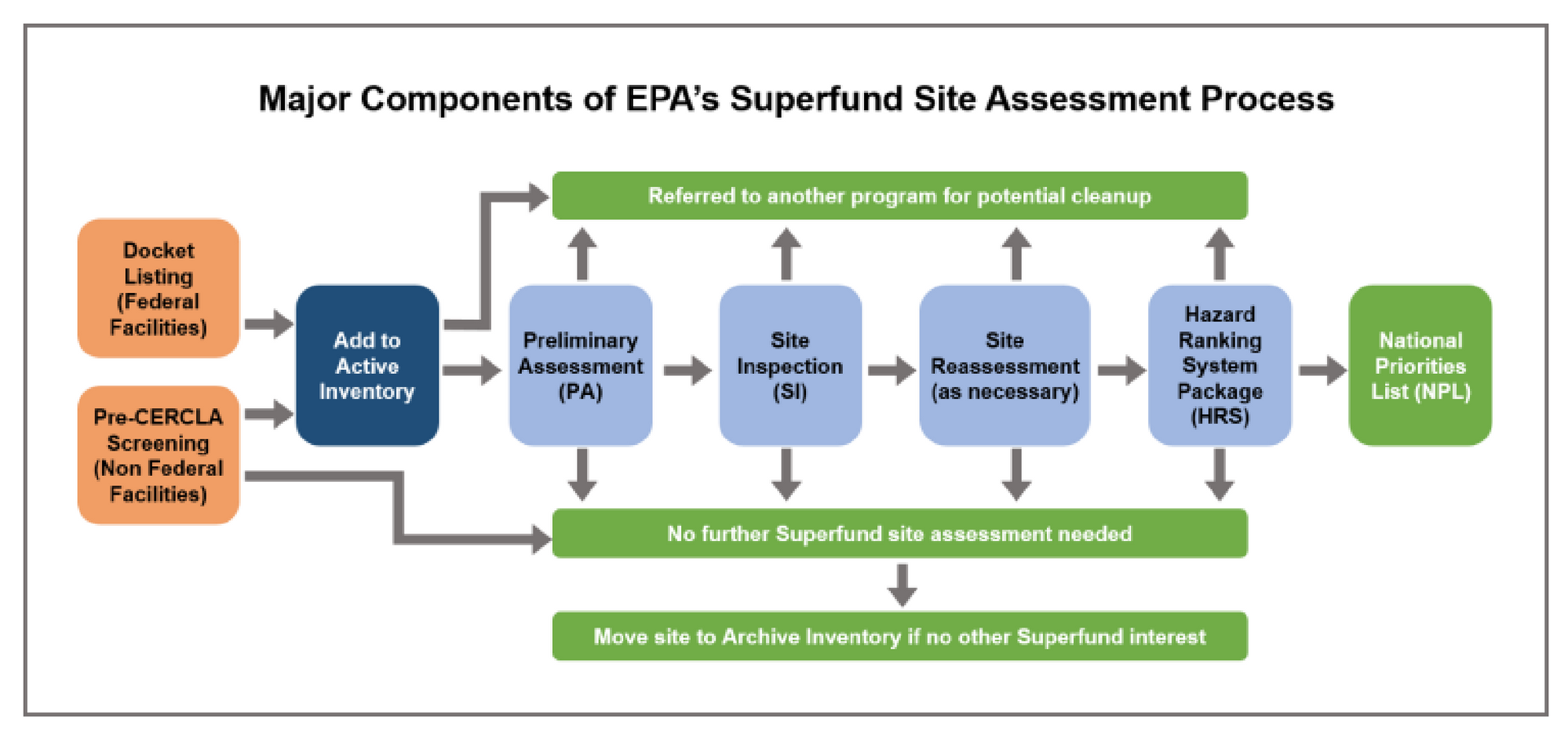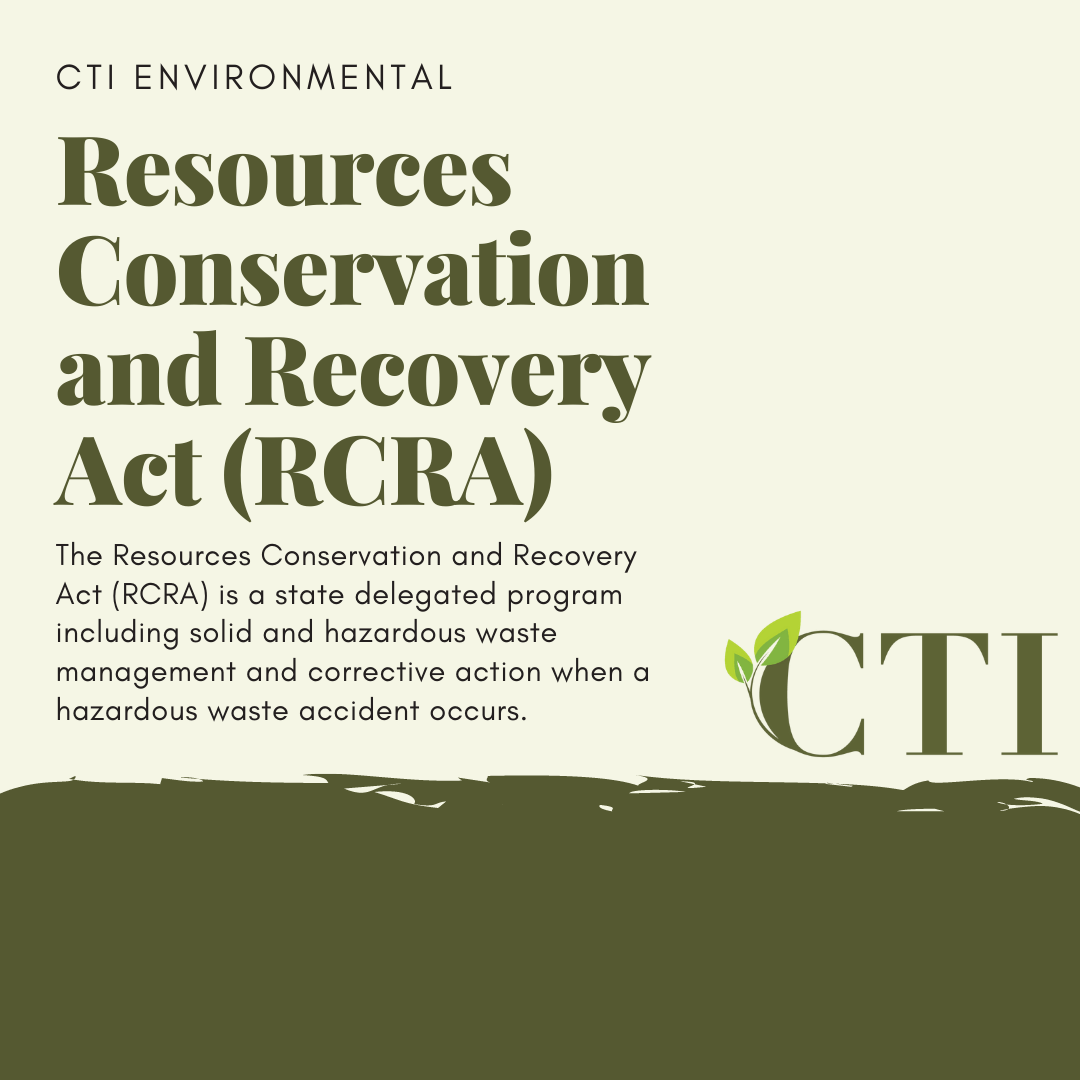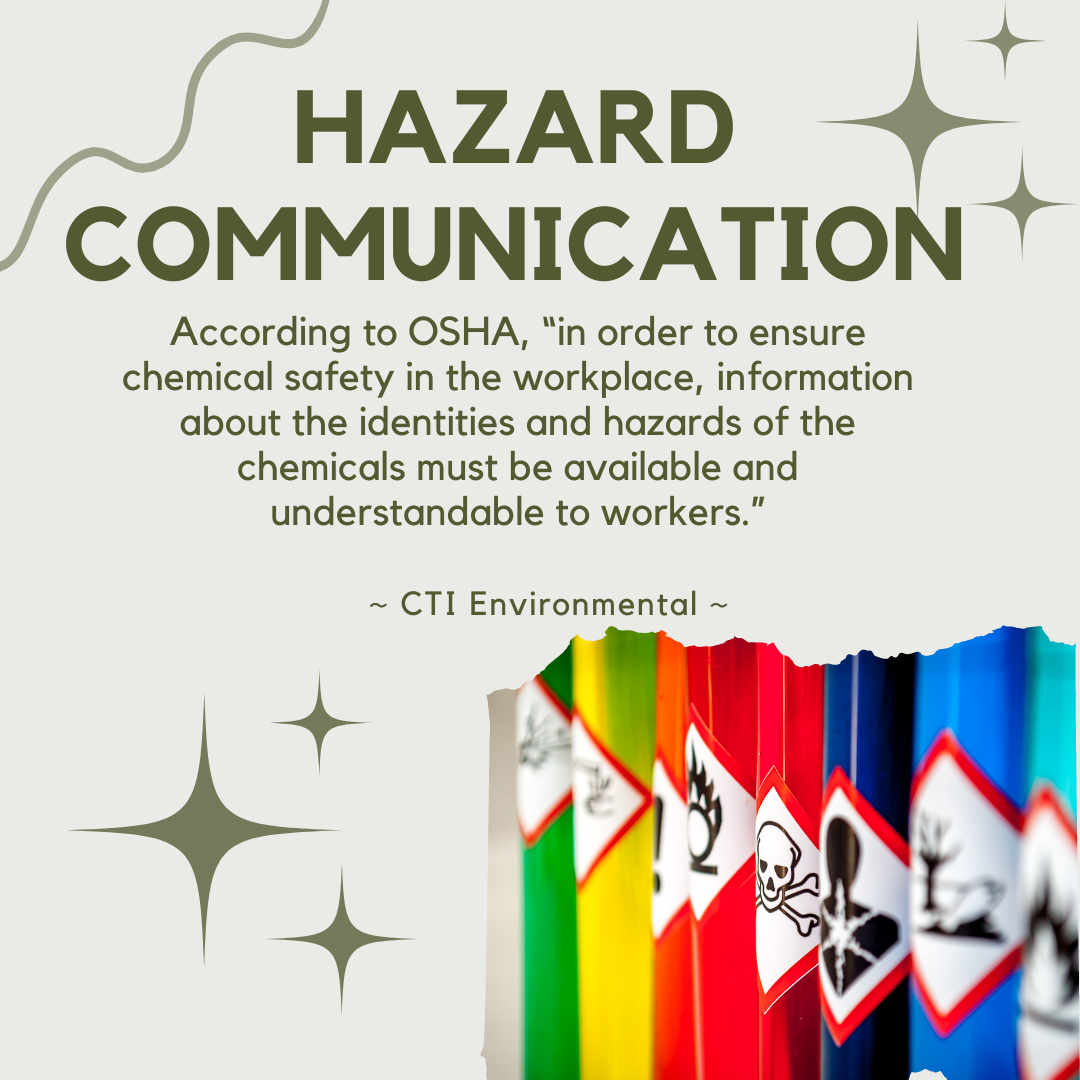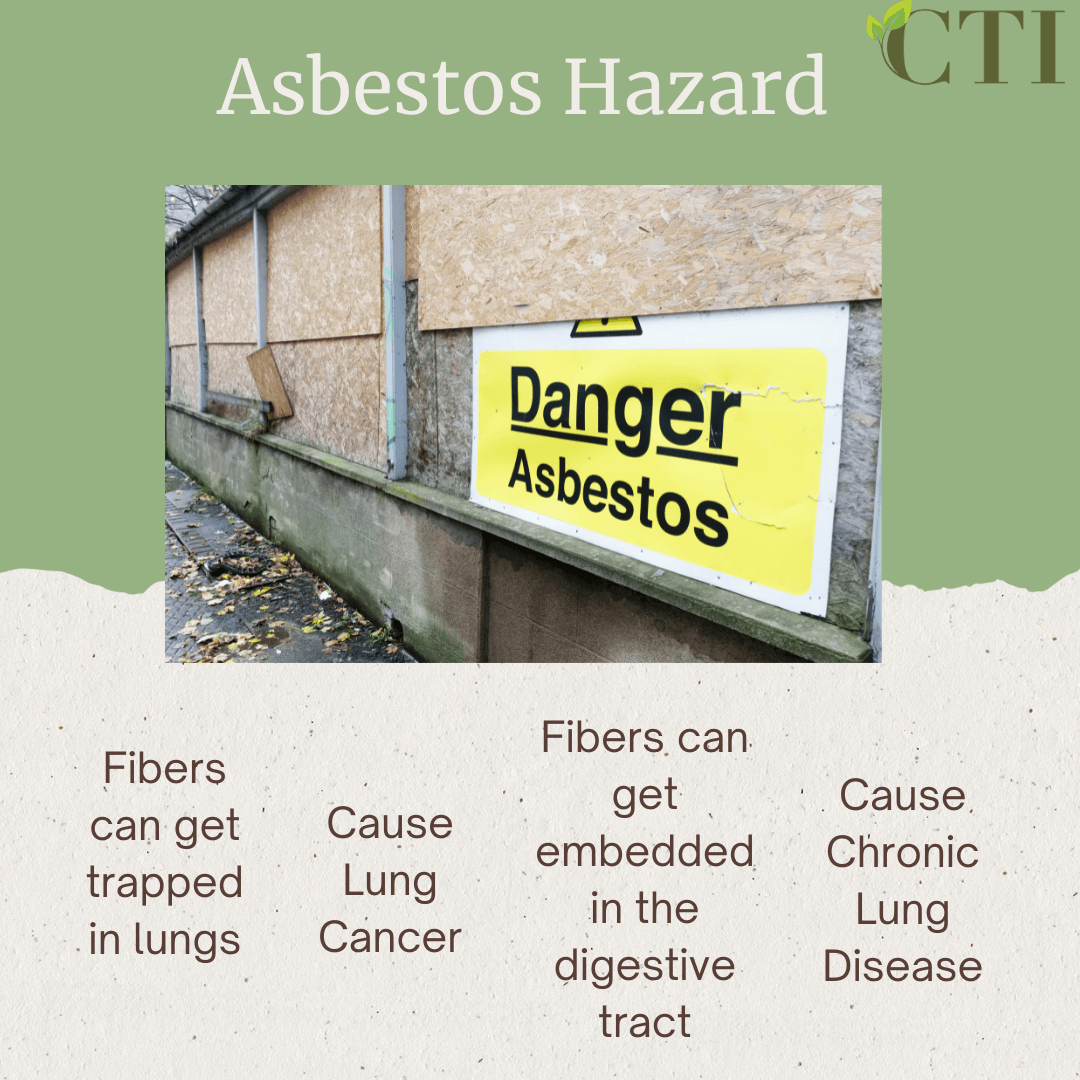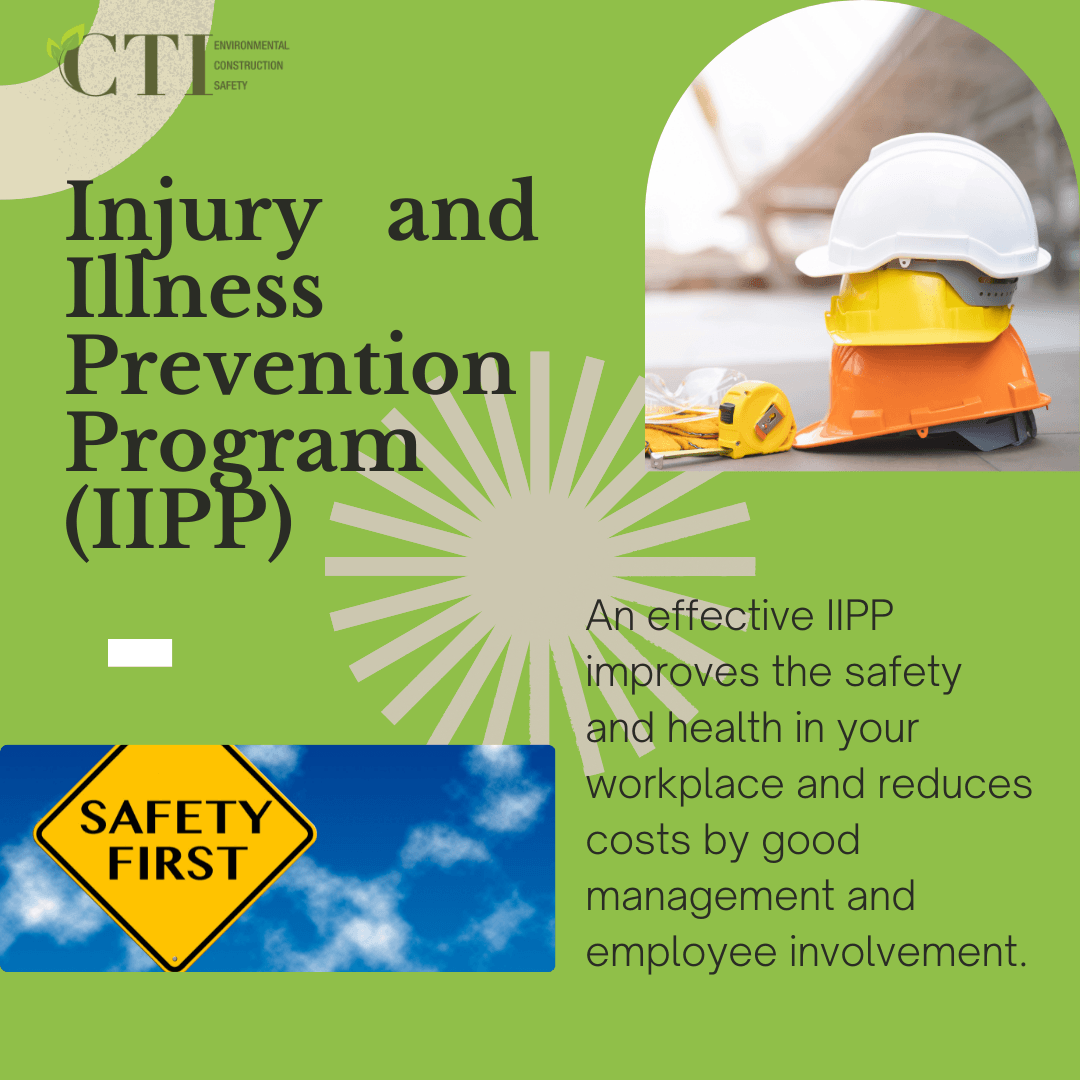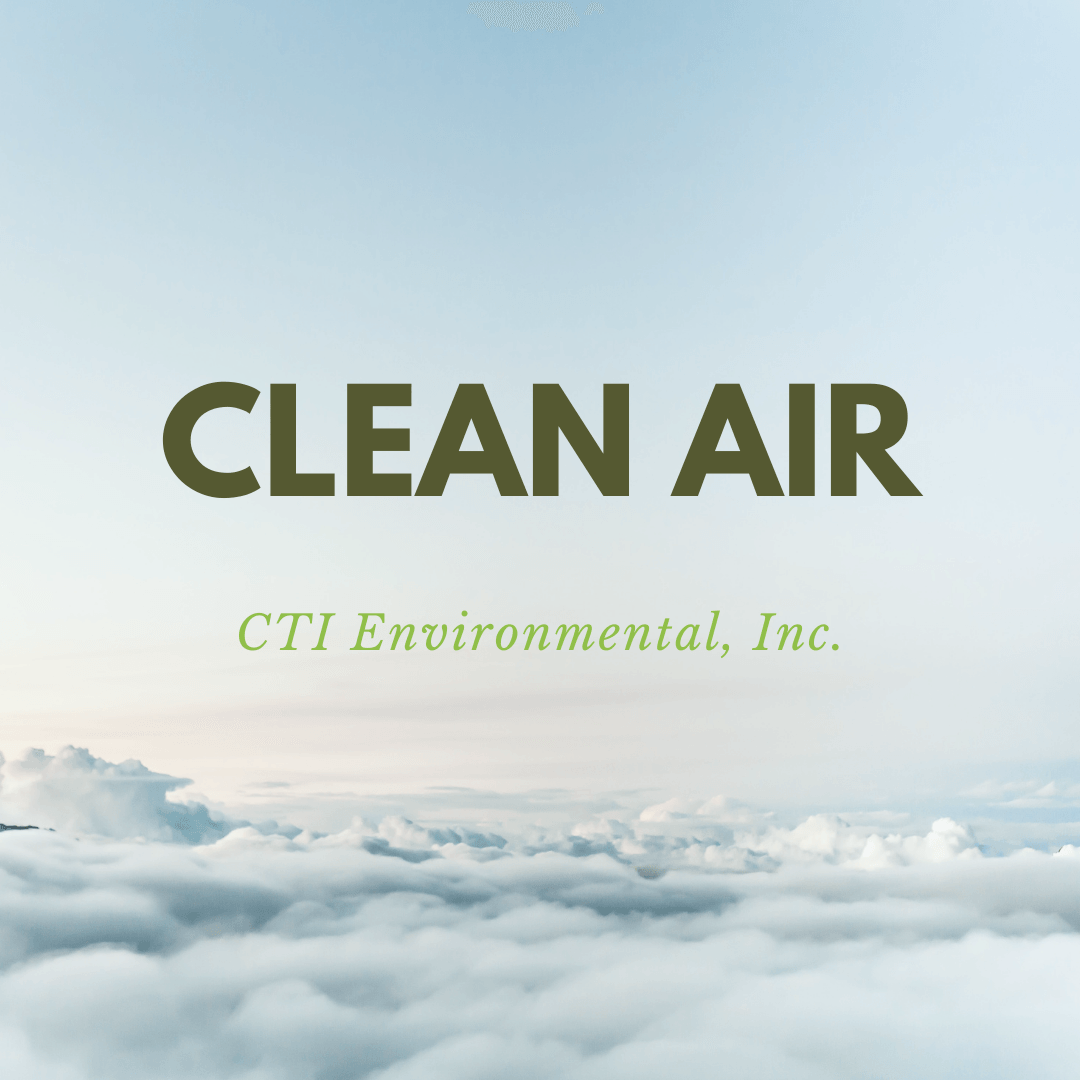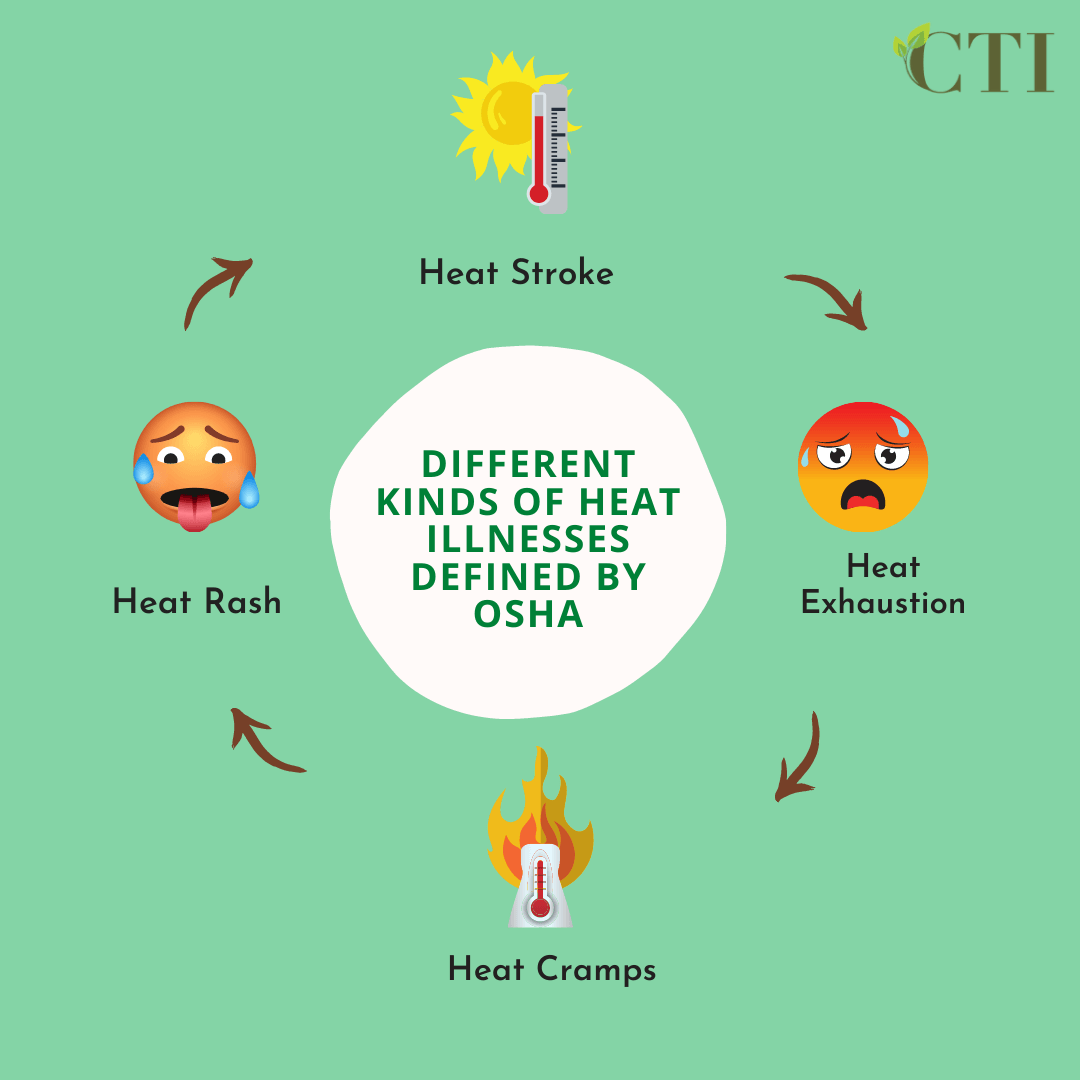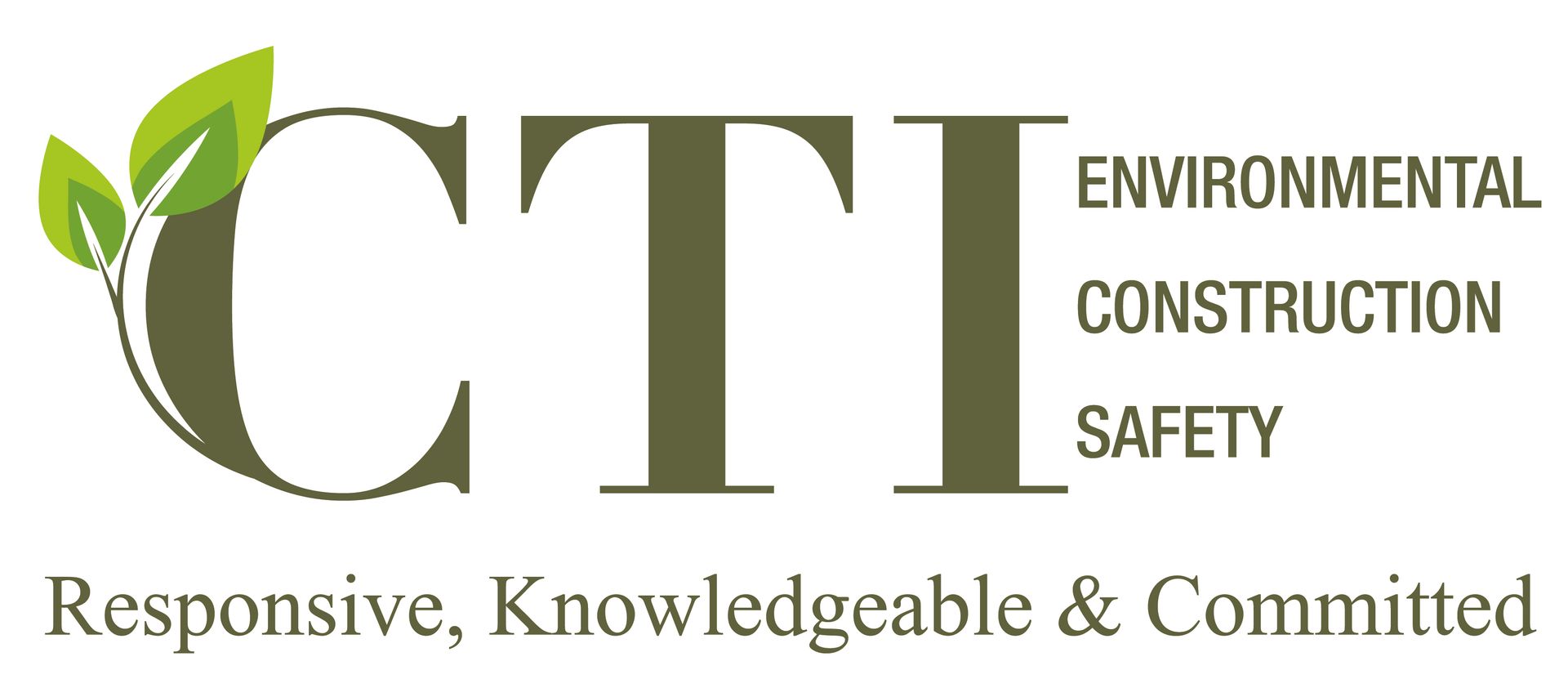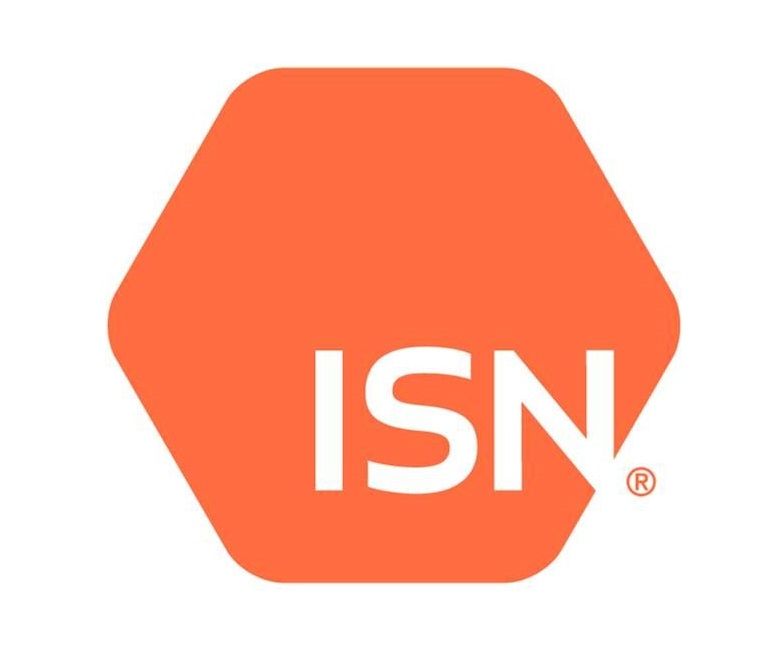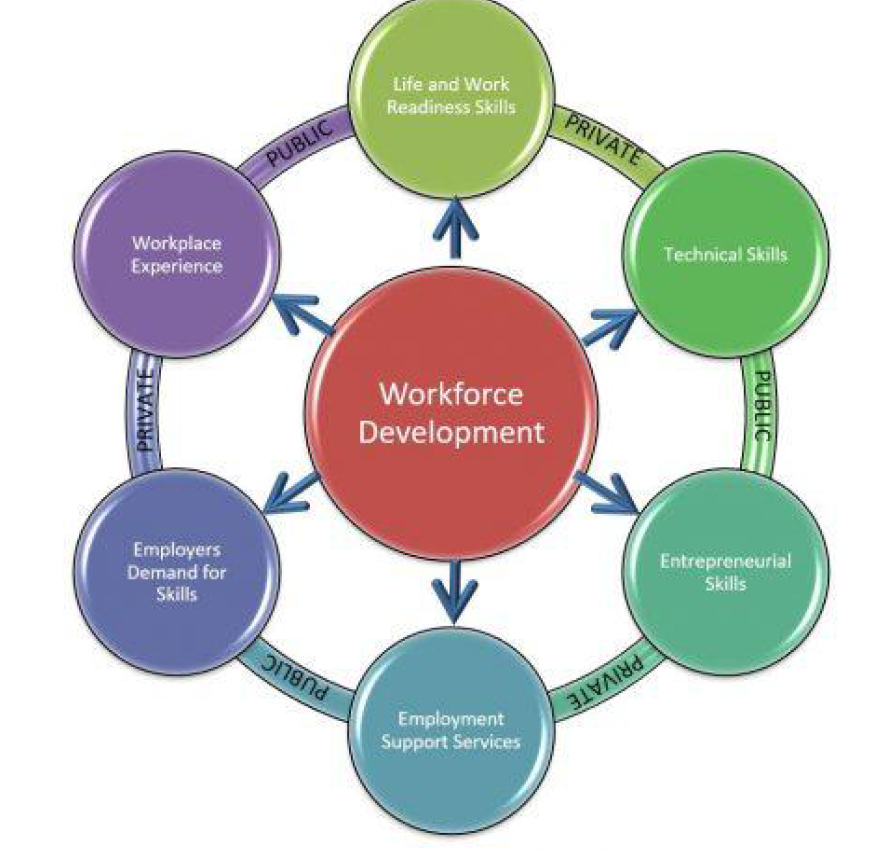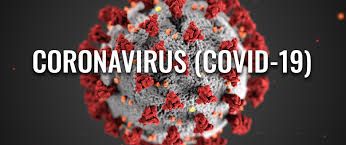Contact Tracing
Intern Insight

What is Contact Tracing?
According to the CDC website, in the health community, contact tracing is part of the process of supporting patients and warning contacts of exposure to stop chains of transmission.
What does a Contact Tracer do during COVID-19?
A contact tracer investigates patients that are infected or likely to be infected with the COVID-19 virus. Public health staff communicates with patients and everyone they have been in contact with during the interval they were infectious. Once they acquire all necessary information, they begin contact tracing by warning those potentially exposed to COVID-19. These contacts are provided with information, education, and support to understand their risks, what they should do, and the possibility of spreading the disease even if they have no symptoms. Contact tracers encourage the potentially exposed to stay home and maintain a social distance from others for 14 days to their last exposure date. The infected person’s tasks are to monitor their temperature twice a day and check in with contacts they have potentially exposed. If the contact experiences COVID-19 symptoms, they are to alert the public health staff and isolate.
Why is Contact Tracing important?
It is a vital process for the fatal and dangerous spread of diseases. Timing is essential when it comes to health damages, and the faster someone spots someone with an infectious disease, the quicker we can isolate the individual, so the disease does not infect others. This will benefit the people that the infected would have been in contact with while they were infectious.
COVID-19 is a highly infectious disease worldwide, and considering its magnitude of cases, contact tracers must investigate, locate and communicate to patients fast.
You might question, has contact tracing worked in the past, and how well has it worked? To answer that question, we can look at the history of its effectiveness. Medical professionals used contact tracing to control ebola and eliminate the smallpox virus. According to the CDC website, “Like COVID-19, the smallpox virus was transmitted from an infected person to another person via respiratory droplets following direct face to face contact which typically occurred in households and hospitals.” They were successful at eliminating the smallpox virus by implementing contact tracing.
Keys to Contact Tracing:
Contact tracing is a specialized skill, and to effectively implement it, training, supervision, and access to social and medical support for patients and contacts are required. According to the CDC website, there are a set of skills for case investigator and contact traces, which are:
-
An understanding of patient confidentiality, including the ability to interview without violating confidentiality
-
Knowledge of the medical terms and principle of exposure, infectious periods, potentially infectious interactions, symptoms of disease, pre-symptomatic and asymptomatic infection
-
Excellent and sensitive interpersonal, cultural sensitivity, and interviewing skills such that they can build and maintain trust with patients and contacts
-
Basic skills of crisis counseling and the ability to confidently refer patients and contacts for further care if needed
-
Resourcefulness in locating patients and contacts who may be challenging to reach or reluctant to engage in conversation
-
Understanding of when to refer individuals or situations to medical, social, or supervisory resources
-
Cultural competency appropriate to the local community
Technology helping Contact Tracing
This generation is lucky to have advanced technology that acts as a benefit of contact tracing. Professionals can look at iPhone data to see where you have been during your infected interval time. If you were at a grocery store or gym at a particular time, they could contact others that may have been at the grocery store or gym during the same time you were using phone mapping apps, taking the precaution of potential exposure. Here is a list of technology contact tracing solutions that are beneficial during COVID-19.
-
Asset Tracking
-
“If someone has tested positive and they offer their information to their HR representative, asset tracking can be used to ascertain the historical locations within the building that that individual visited in the last 14 days,” says Nadir Ali, CEO of Inpixon
-
Video Content Analytics
-
“Video content analytics technology can play an essential role in productively and rapidly determining which persons came into contact with an infected individual,” says Stephanie Weagle, CMO of BriefCam
-
AI-Assisted Positioning
-
“An AI-based positioning system, real-time 3D-location positioning replaces the dependency on smartphones, GPS, or Wi-Fi. Using a private Bluetooth mesh network, VPS is secure and can do in seconds, for hundreds of people, what one manual tracer can accomplish in a week,” says Bettua, CEO of Volan Technology
-
Wearable Tracking Devices
-
“Wearable tracking devices can be a solution to the challenges of contact tracing in those contained settings (high density places like hotels and cruises); guests wear a tracking device around their wrist, which can work with an array of sensors the way smartphones and badges can.” says Robert Firpo-Capiello, Editor and Chief at Hospitality Technology
CTI can provide Contact Tracing
CTI Environmental is trained for contact tracing and will help keep you and your employees safe and healthy. We have experienced professionals who will assist with the process of isolating individuals who may have come into contact with COVID-19.
Contact info@enviro for more information.
The picture below is from the CDC website, “It is meant to serve as a visualization for these individuals to understand the contact tracing process flow, the need for daily monitoring of all contacts, and what will cause the need for a case investigation.”
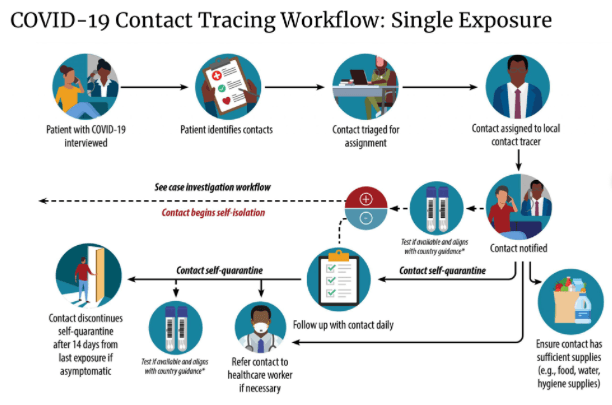
References:
https://www.cdc.gov/coronavirus/2019-ncov/daily-life-coping/contact-tracing.html
https://www.cdc.gov/coronavirus/2019-ncov/php/principles-contact-tracing.html
https://www.cdc.gov/coronavirus/2019-ncov/global-covid-19/contact-tracing-workflow.html
https://hospitalitytech.com/contact-tracing-how-technology-can-help-end-pandemic
